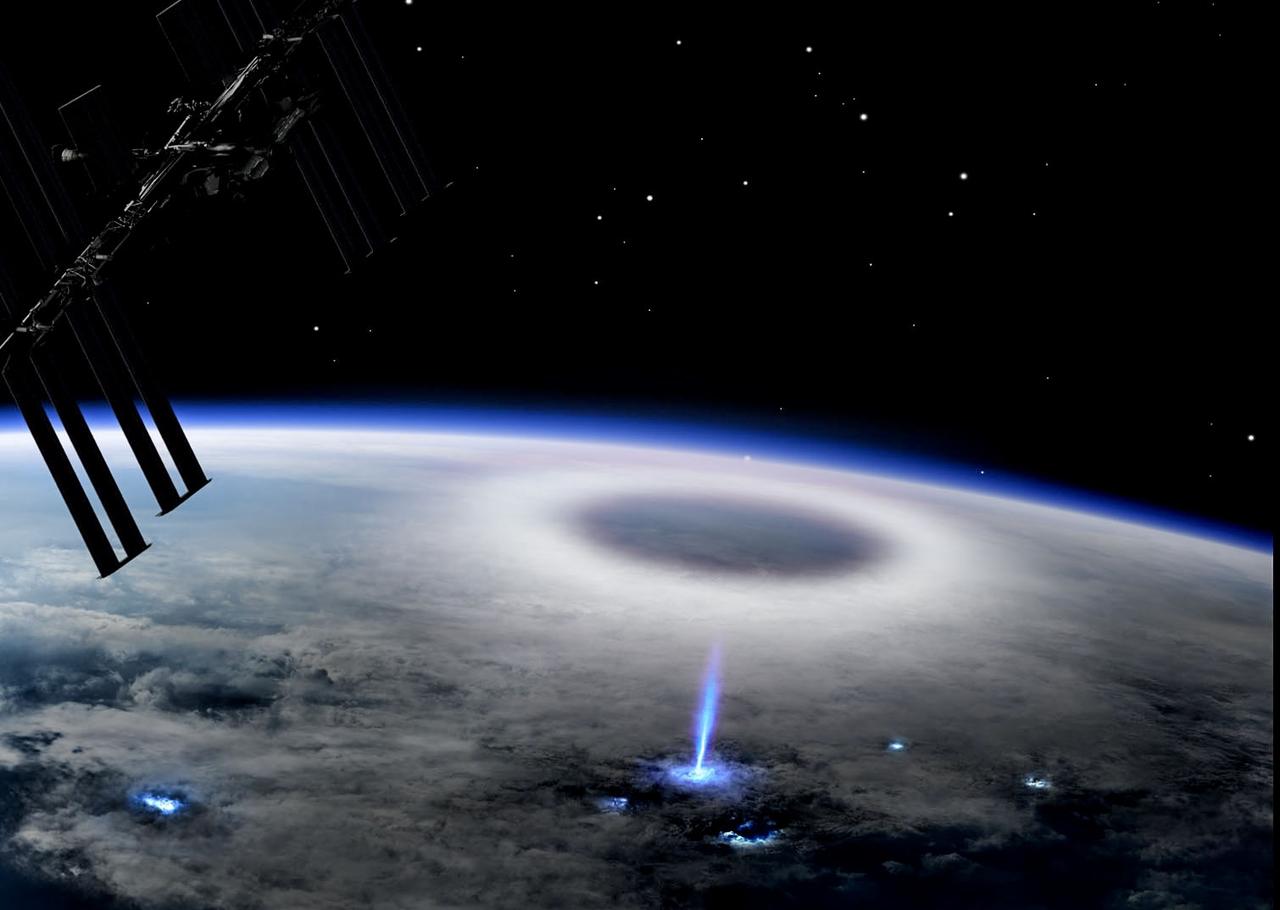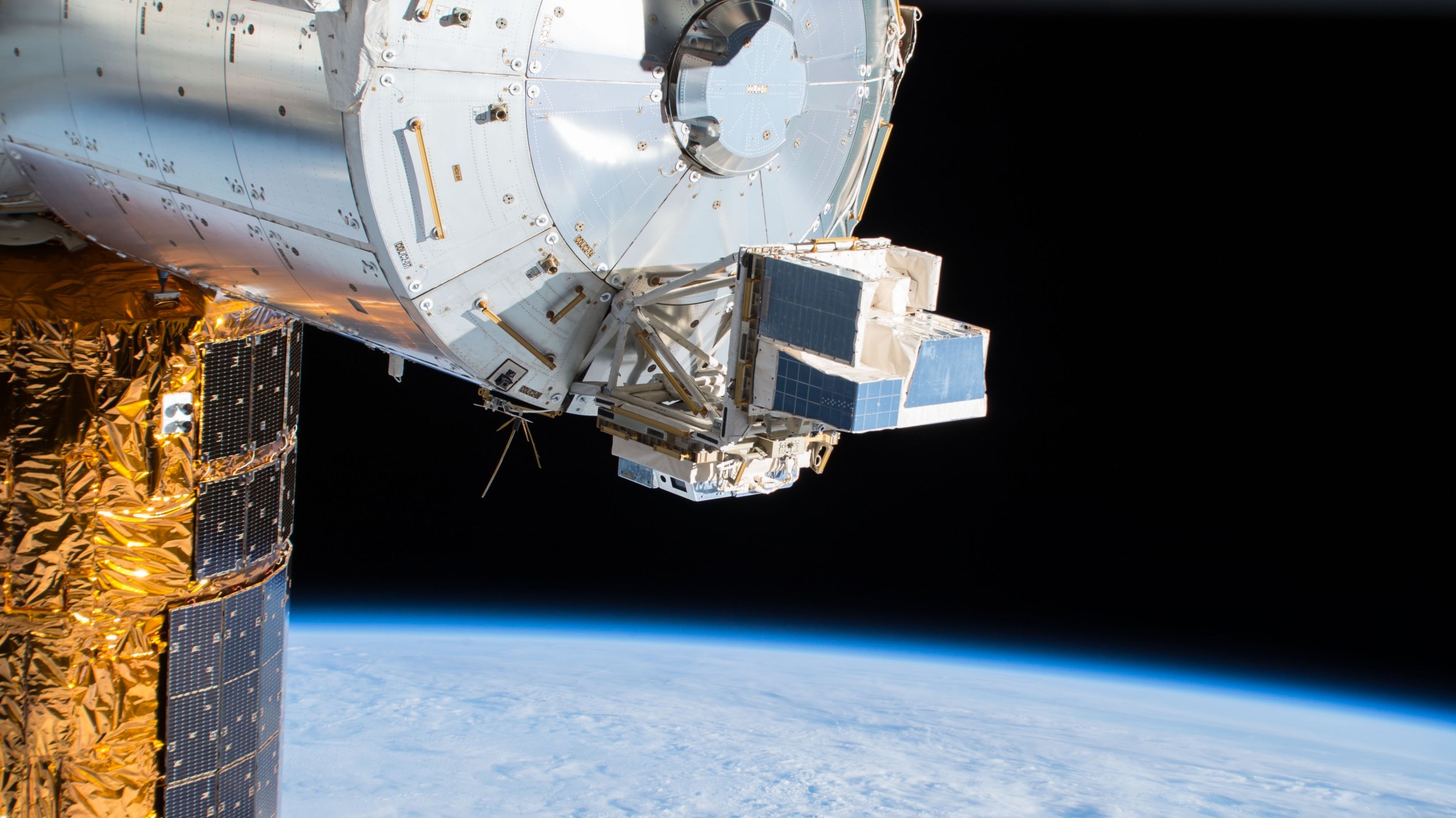Modeling properties of thunderstorm discharges
Researchers report detailed physical properties of different types of corona discharges, including single- and multi-pulse blue discharges linked to powerful but short-lived electrical bursts near the tops of clouds. These details provide a reference for further investigation into the physical mechanisms behind these discharges and their role in the initiation of lightning, an important problem in lightning physics.
An ESA (European Space Agency) instrument used to study thunderstorms, Atmosphere-Space Interactions Monitor (ASIM) provides insights into their role in Earth’s atmosphere and climate, including mechanisms behind the creation of lightning. Understanding how thunderstorms and lightning disturb the upper atmosphere could improve atmospheric models along with climate and weather predictions. These high-altitude discharges also affect aircraft and spacecraft safety.
Evaluating effects of climate change on oceans
Researchers conclude that the space station’s ECOSTRESS instrument yields highly accurate sea surface temperature data. Given the instrument’s global coverage and high spatial resolution, these data have potential use in studies of biological and physical oceanography to evaluate regional and local effects of climate change.
ECOSTRESS resolves oceanographic features not detectable in imagery from NOAA’s Visible Infrared Imaging Radiometer Suite satellite, and has open-ocean coverage, unlike Landsat. Satellites are a fundamental tool to measure sea surface temperatures, which are rising across all oceans due to atmospheric warming induced by climate change.
Describing a gamma ray burst
Researchers report detailed observations and analysis of emissions from an exceptionally bright gamma ray burst (GRB), 210619B, detected by the station’s ASIM and other satellite and ground-based instruments. These observations could be useful in determining various properties of GRBs and how they change during different phases.
Believed to be generated by the collapse of massive stars, GRBs are the brightest, most explosive transient electromagnetic events in the universe. ASIM can observe thunderstorm discharges difficult to observe from the ground. It has a mode where a detected event triggers observation and onboard storage of data.


